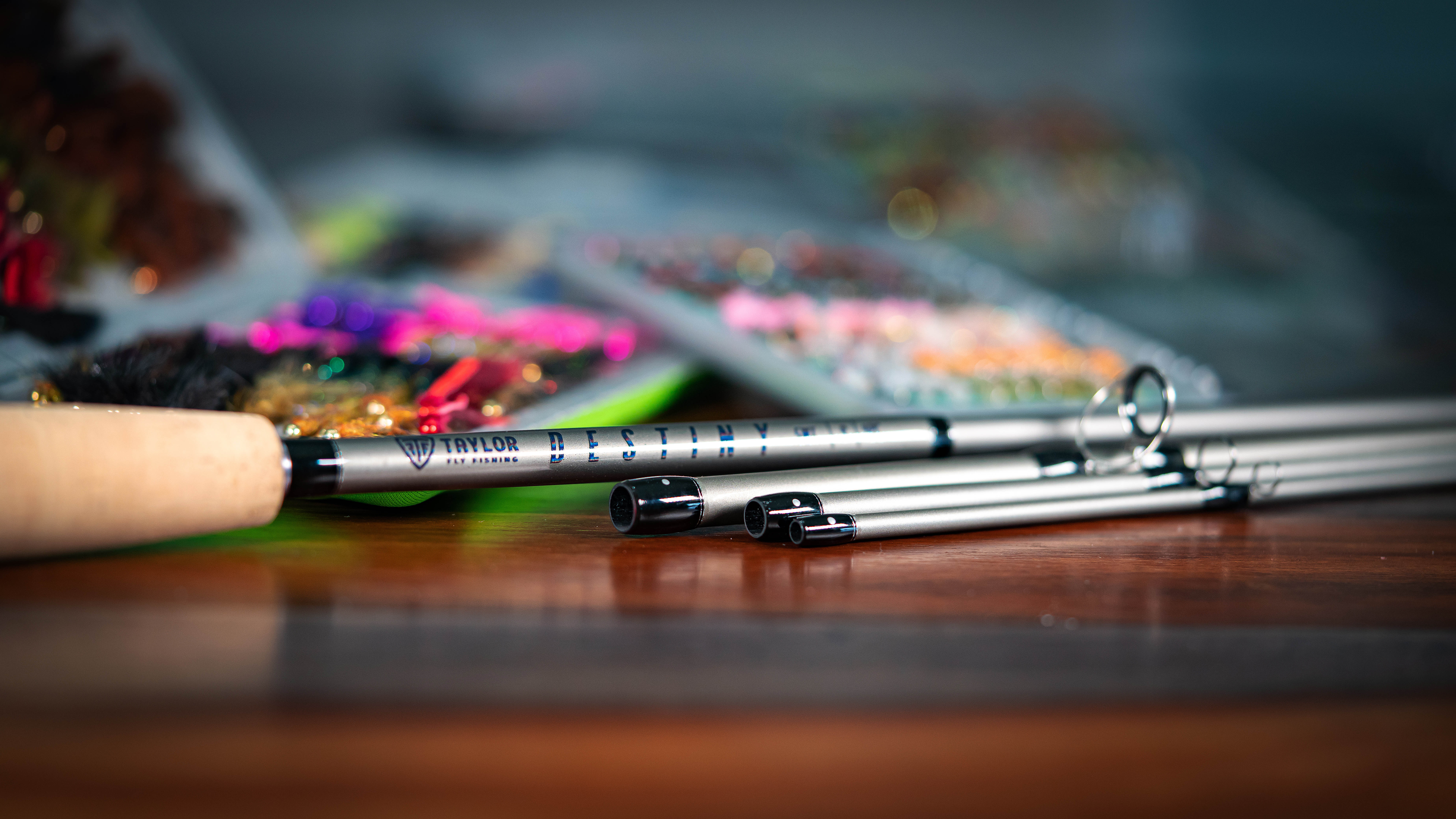The Three Key Elements of Fly Rod Design: Form, Function, and Feel
Feb 18, 2025
Have you ever heard the old adage, “Defense wins championships”? Most championship teams share common ingredients: a stout defense, superstar players in the right positions, and getting hot at the right time. This leads me to ask: what makes a championship-level fly rod? Not a rod that merely wins awards or competitions, but one that checks all the major boxes required to truly be great.
I believe that great fly rods share three key characteristics: Form, Function, and Feel. A well-designed rod is not only aesthetically pleasing but also performs its intended task efficiently and provides an intuitive and enjoyable casting experience. Let's break down these three crucial elements.
Form: The Marriage of Aesthetics and Craftsmanship
Form is both subjective and objective. While personal preferences may vary, some anglers prefer nickel hardware and a wooden reel seat, while others lean towards anodized aluminum and carbon fiber, certain aspects of rod design are universally recognized as signs of quality.
When evaluating a rod's form, consider:
Craftsmanship: High-quality cork, precise thread wraps, and smooth, even epoxy work indicate a well-made rod.
Materials: Premium rods should utilize top-tier components, such as lightweight and durable blank materials.
Guide Choice: Thick, heavy guides are outdated and often a sign of cost-cutting. Today’s premium rods should incorporate lightweight, high-performance guides that enhance both aesthetics and performance.
A great rod doesn’t just look good, it should reflect meticulous attention to detail and premium materials.
Function: Performance That Meets the Task
A fly rod is, above all, a tool. It must perform its job efficiently and effectively. Let's use a quality 9' 5wt rod as an example. A well-designed 5wt should be:
Accurate: The rod should deliver the fly where you intend without excessive effort or manipulation.
Balanced: Each section should work in harmony, avoiding hinge points that disrupt energy transfer.
Progressively Tapered: Power should originate from the butt section and transfer smoothly toward the tip, allowing for controlled and precise casts.
Fast Recovering: The blank should promote quick recovery without excessive vibration or wiggle, ensuring that the rod tracks straight and efficiently transmits energy from the caster to the fly line.
A rod’s function is a testament to its designer’s expertise. The best rods feel effortless, transferring energy smoothly and effectively to maximize control and accuracy.
Feel: The Extension of Your Arm
Some argue that “feel” is subjective, but I would challenge that notion. While action preference is personal, a great fly rod should feel like a natural extension of your arm.
Key elements of feel include:
Light Swing Weight: A well-balanced rod should not feel cumbersome. Excess mass in a rod is often mistaken for “feel,” but it actually slows down casting efficiency.
Optimized Energy Transfer: The best rods allow the caster to feel the line loading and unloading in the air rather than feeling the weight of the rod itself.
Quality Blank Materials: Advanced materials create a light, compliant blank that enhances sensitivity and responsiveness.
For less experienced casters, excess mass can serve as a crutch, signaling load and covering casting weaknesses. However, experienced anglers benefit from a rod that feels weightless in the hand while providing clear feedback through the line. This promotes higher line speed, better accuracy, and a more enjoyable casting experience.
Conclusion: The Perfect Balance
A championship-level fly rod is the result of achieving the perfect balance between form, function, and feel. A beautiful rod with poor performance is merely a showpiece. A functional rod that lacks refinement may be effective but uninspiring. And a rod with great feel but poor construction will ultimately disappoint.
When choosing your next fly rod, consider these three elements carefully. Seek a rod that not only looks great but also performs seamlessly and feels like an effortless extension of your casting stroke. The best fly rods are those that disappear in your hand, allowing you to focus entirely on the water, the cast, and the fish at the other end of the line.
At the end of the day, a truly great fly rod is one that enhances your experience on the water, a tool that works in harmony with your skills, elevating every cast into something greater than just a simple motion. That’s what makes a championship-level fly rod.
Tight Lines,
Matthew
